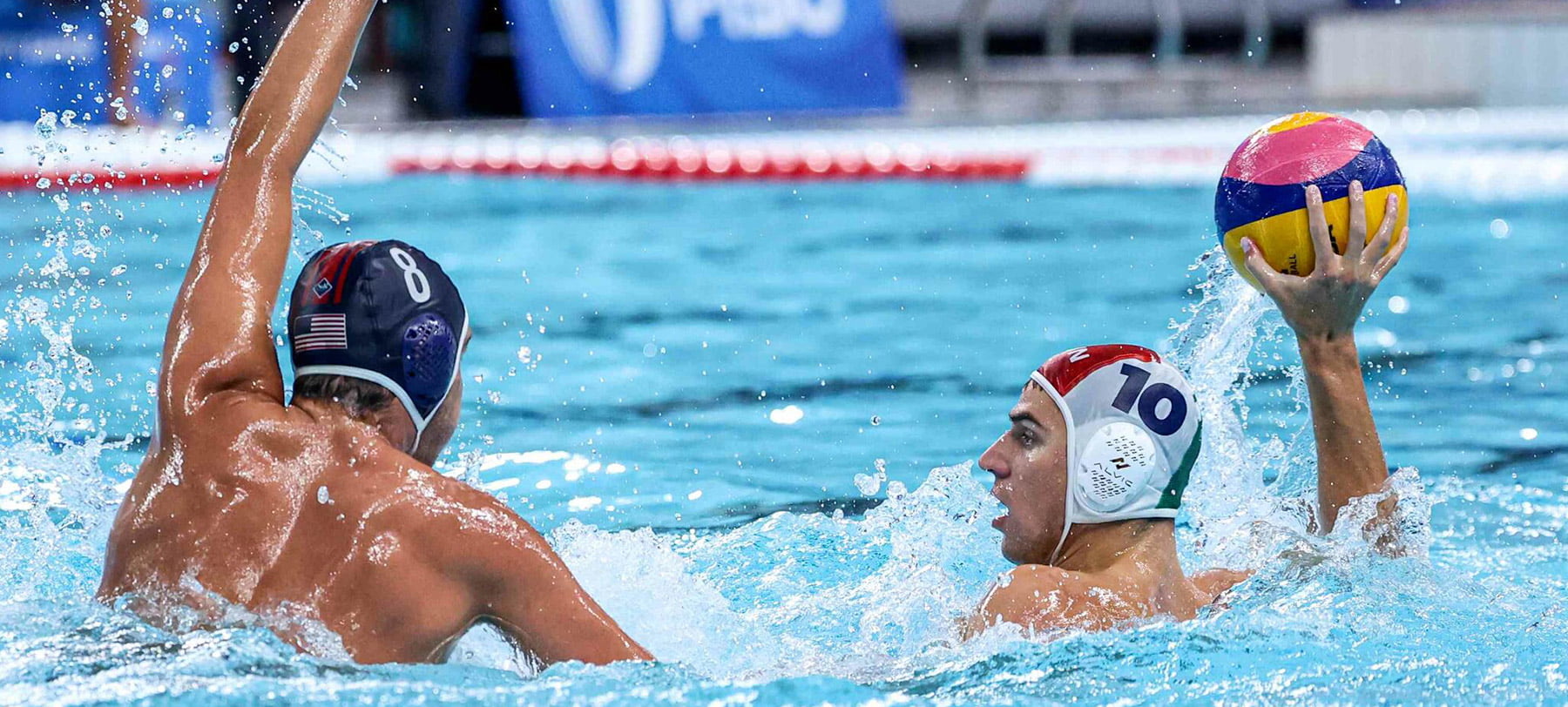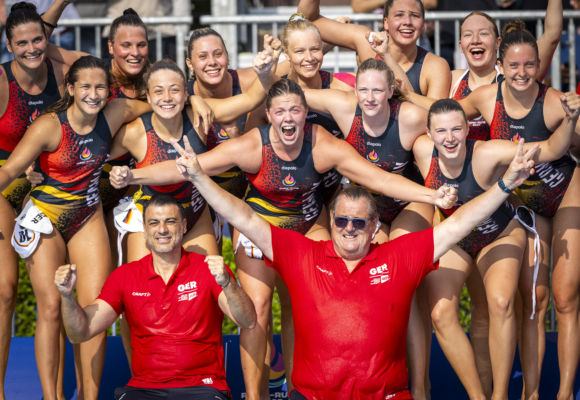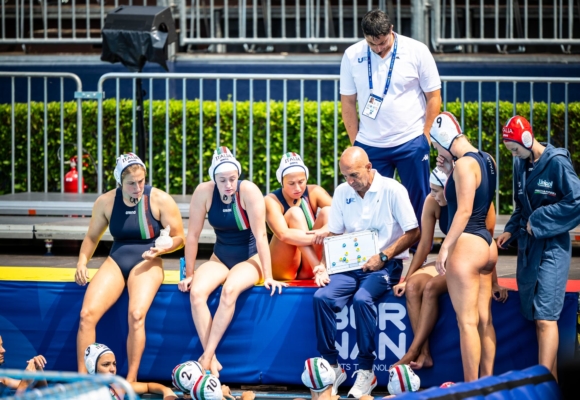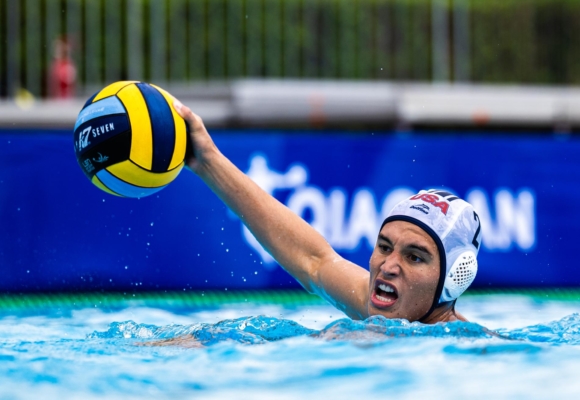Water Polo is one of the fastest and toughest team sports, which can best be described as a combination of Swimming, Handball, Football, Rugby and Wrestling. As far as numbers go, Water Polo steadily increased from one Universiade to the next. A women’s tournament has been included since Belgrade 2009.
News
All newsEvents
FISU Technical Committee Chair
 usa
usa
 gre
gre
Resources
History of Water Polo in FISU
A team of Water Polo consists of six field players and one goalkeeper and the aim of the game resembles that of football: to score as many goals as possible, each goal being worth one point.
The first university men’s Water Polo tournament was played at the 3rd International Summer Sports Week in Dortmund in 1953. Since then, student players from all over the world enjoyed to compete under the FISU flag. Seven teams participated in the first Summer Universiade in 1959 in Torino (ITA), two pools of four teams competed in Sofia (BUL) in 1961, just a decade before reaching twelve teams in 1973 in Moscow (RUS). The successful path of Water Polo continued throughout the new millennium.
This progress and popularity of men’s Water Polo also led to an increasing development of women’s Water Polo. In 2000, it made its debut at the Sydney Olympics, enabling the Executive Committee of FISU to also include an eight teams’ tournament into the compulsory programme of the World University Games. The first edition of the women’s tournament was played in Belgrade in 2009.






